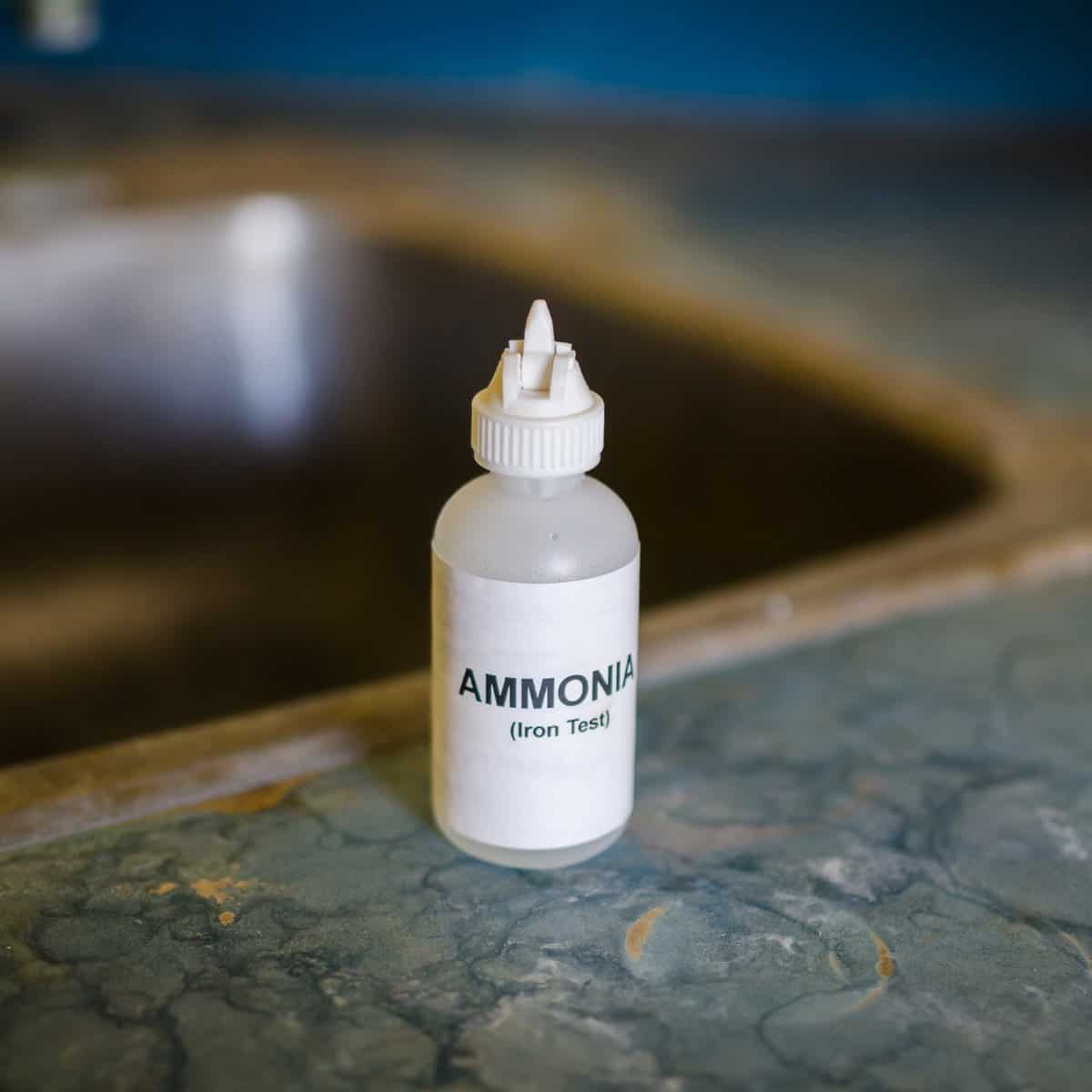Ammonia: What is it?
Ammonia, or azane, is a compound of nitrogen and hydrogen with the formula NH3. It is a colorless gas with a characteristic pungent smell. Ammonia contributes significantly to the nutritional needs of terrestrial organisms by serving as a precursor to food and fertilizers.
Ammonia, either directly or indirectly, is also a building-block for the synthesis of many pharmaceuticals and is used in many commercial cleaning products. Although in wide use, ammonia is both caustic and hazardous.
The global industrial production of ammonia for 2012 was anticipated to be , a 35% increase over the estimated 2006 global output of . NH3 boils at at a pressure of one atmosphere, so the liquid must be stored under pressure or at low temperature. Household ammonia or ammonium hydroxide is a solution of NH3 in water.
The concentration of such solutions is measured in units of the Baumé scale (density), with 26 degrees baumé (about 30% (by weight) ammonia at ) being the typical high-concentration commercial product.

Check out our new cookbook
Bitemybun's family recipes with complete meal planner and recipe guide.
Try it out for free with Kindle Unlimited:
Read for freeJoost Nusselder, the founder of Bite My Bun is a content marketer, dad and loves trying out new food with Japanese food at the heart of his passion, and together with his team he's been creating in-depth blog articles since 2016 to help loyal readers with recipes and cooking tips.

